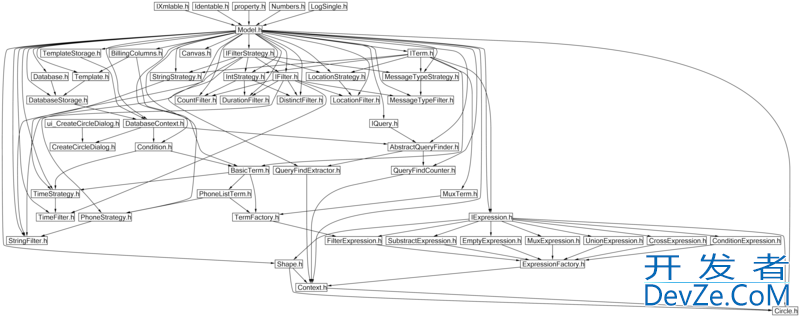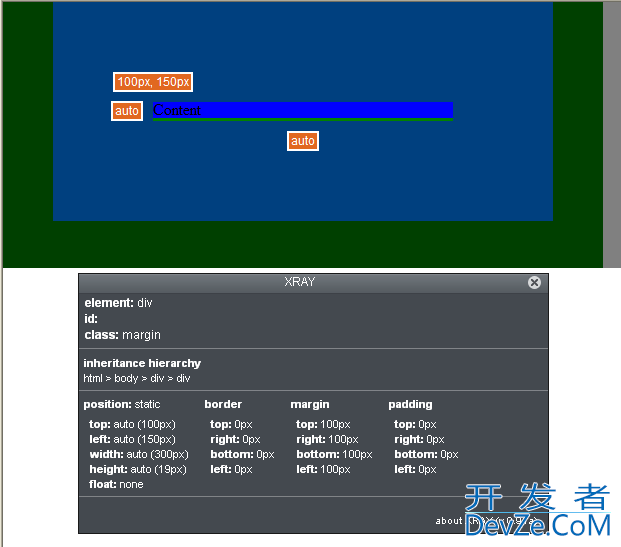Let's say I have two objects:
public class Person{
string Name { get; set;}
Address Home { get; set;}
}
public class Address{
string Street{ get; set;}
string City { get; set;}
}
string sql = "Select Name, Home_street, Home_city from user";
var results = dc.ExecuteQuery<Person>(sql);
The problem here is that the Home street and home city are not populated. Is there a way I can make it work? I think it's solvable by using Association attribute, but not sure how.
I have the same problem if I use stored procedure. I'm trying to build a query tool so a lot of variables are not known a开发者_C百科head of time.
You need to make a data object with a flat shape to catch the results, then project those results into whatever shape you want.
public class PersonQueryResult
{
string Name {get;set;}
string Home_street {get;set;}
string Home_city {get;set;}
}
string sql = "Select Name, Home_street, Home_city from user";
List<PersonQueryResult> results = dc.ExecuteQuery<PersoneQueryResult(sql).ToList();
List<Person> projectedResults = results.Select(pqr => new Person()
{
Name = pqr.Name,
Home = new Address()
{
Street = pqr.Home_street,
City = pqr.Home_city
}
}
).ToList();
What would you do with dynamically generated classes if you had them? It's not as though one can write compiler-checked code against those.
I would think the non-compiler-checked world of ADO.NET would solve this problem more appropriately. To wit.
string queryString =
"SELECT CustomerID, CompanyName FROM dbo.Customers";
SqlDataAdapter adapter = new SqlDataAdapter(queryString, connection);
DataSet customers = new DataSet();
adapter.Fill(customers, "Customers");




![Interactive visualization of a graph in python [closed]](https://www.devze.com/res/2023/04-10/09/92d32fe8c0d22fb96bd6f6e8b7d1f457.gif)



 加载中,请稍侯......
加载中,请稍侯......
精彩评论